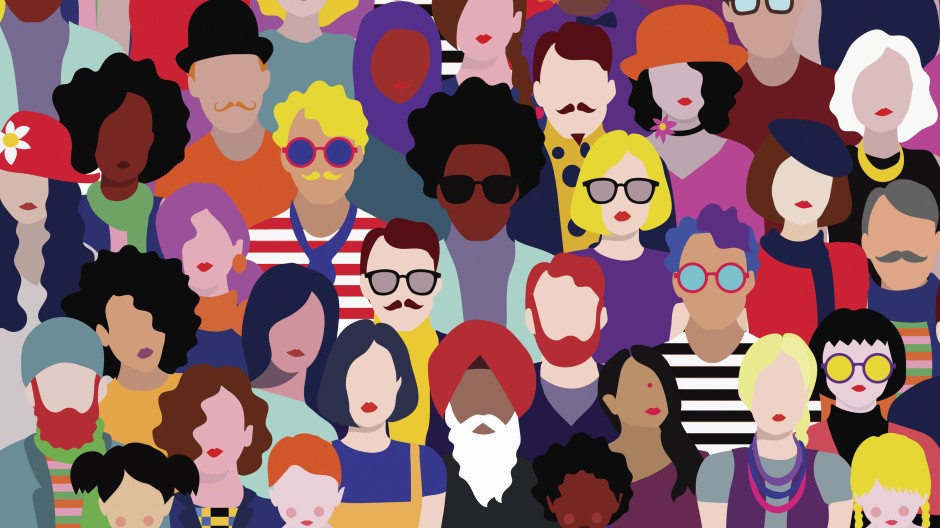by Julie Krejčí
Art is freedom – the one element in life that is so primal, so humane, it is regarded as one of the first form of self-expression. The process of creating art is one that allows you to share your experiences, as a way of coping with what you have lived through, while simultaneously connecting you to people around the world who have been through the same. So, why do certain people of a certain race, ethnicity, or sex get to share their adaptations of life through art while others not so much? The research study “Race- and gender-based under-representation of creative contributors: art, fashion, film and music” dives into the representation of artists from marginalized backgrounds in these four creative industries. Its results were staggering, yet not surprising.
These researchers compiled data revealing that contemporary art features white men at a rate of 85%, leaving only 10.9% to Black artists, 6.6% to Asian Artists, 5.5% to Latinx Artists and 0.1% to indigenous artists. The fashion industry remains homogenous with only 15% of models being people of color and white designers making up more that 58% in all of the biggest fashion weeks. Film, arguably the most realistic artform, as it reflects real life so closely, was the least diverse. How can realistic portrayals of various background be shown on screen when 80% of directors are white men? Their experience is not the same as Black, Latinx, Asian or indigenous people and by under-representing these actors, directors, writers, we are not only missing out on authentic experiences but also suffering from misrepresentation of these marginalized groups. Music companies showed a history of signing no more than 25% women, 59% of people of color.
The message of this article is simple, so many times repeated that its significance can be lost in the process: representation matters. It matters that young people growing up get to see themselves in film and find characters that help them navigate their adolescence. It matters that they hear the music of the people they can resonate with. It matters because it gives them hope that they can one day do the same. But I shouldn’t sit here and repeat the same message, to give reasons why certain groups of people do not have the same accessibility to share their art – the one thing that everyone should be so free to do – because it should be something so evidently universal that it feels redundant to keep repeating. Yet, inclusion does not seem to be so vastly different from 2019, as the research study has shown.
So, we must repeat the message over and over again until it is heard, until it has made an impact on the inclusion and diversity in the art world. This study was done in the United States, but we mustn’t stop there. Europe particularly seems to be stuck in the illusion that racism and sexism are only issues of the United States, but that is simply not the case. America has done a better job that we have so far in addressing these issues and we must do better in fighting under representation and inequality in the art world in Europe. Representation is so closely linked with identity and well-being that it can no longer be overlooked in ways it has been up until today. Inclusivity is an issue of privilege that creates obstacles for members of marginalized communities to enter the art market, that makes it harder to stay in the art world once there and to be responsible for the imagine of your community after you break through into the so prominently white and male art world.
Perhaps the task of fighting structuralized racism and sexism that has been in place for decades seems too overwhelming, but we must start somewhere. Why not start with making the art world a place where everyone is equally welcome? To create a space of inclusion of all identities, a space that will allow authentic stories of various background to be shared with the world. To find, once again, the basis of art, which is self-expression of all kinds. Wouldn’t it be beautiful to learn from others whom we yet do not understand and to hold space for those whom have yet not experienced the feelings of acceptance in ways that we have?

